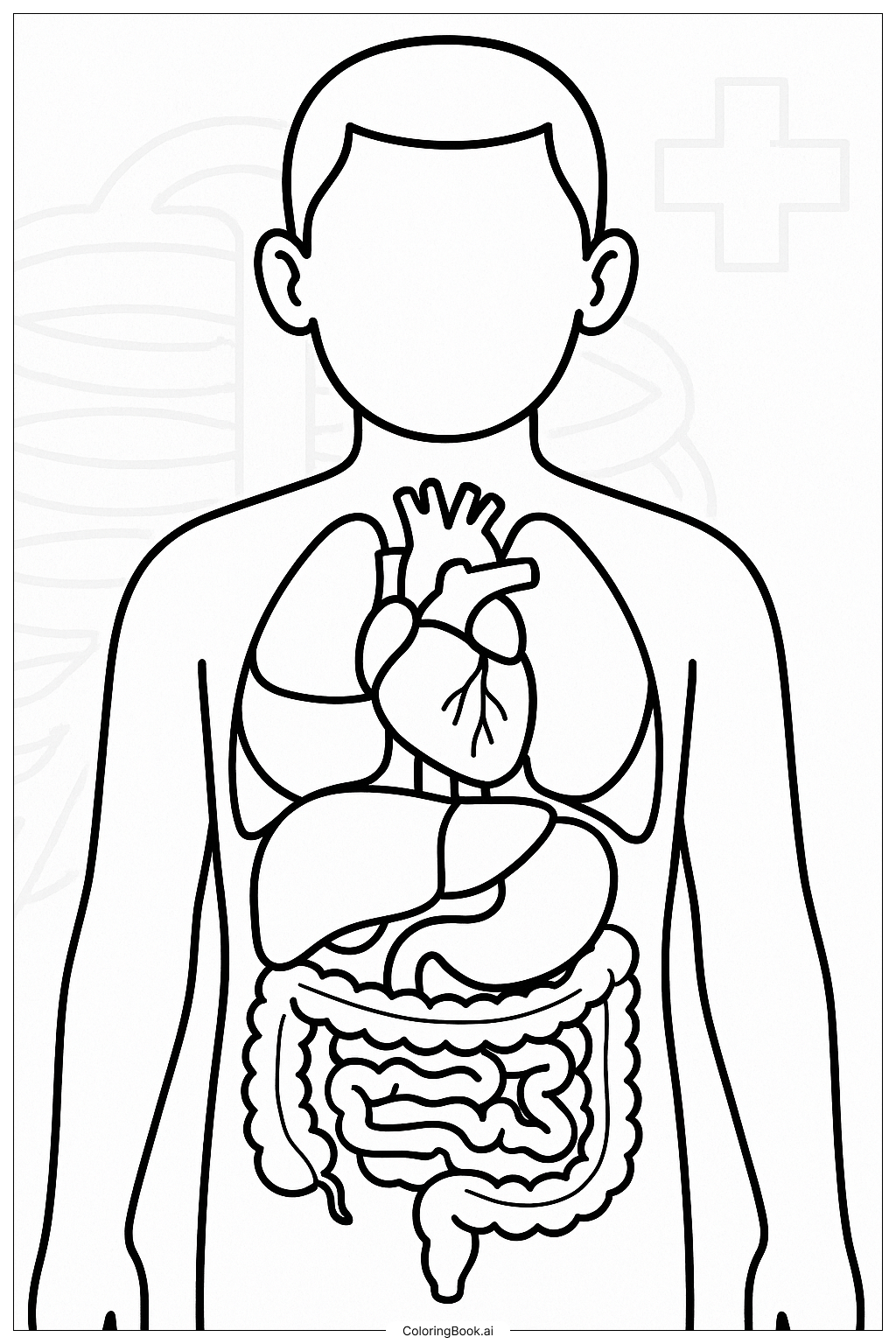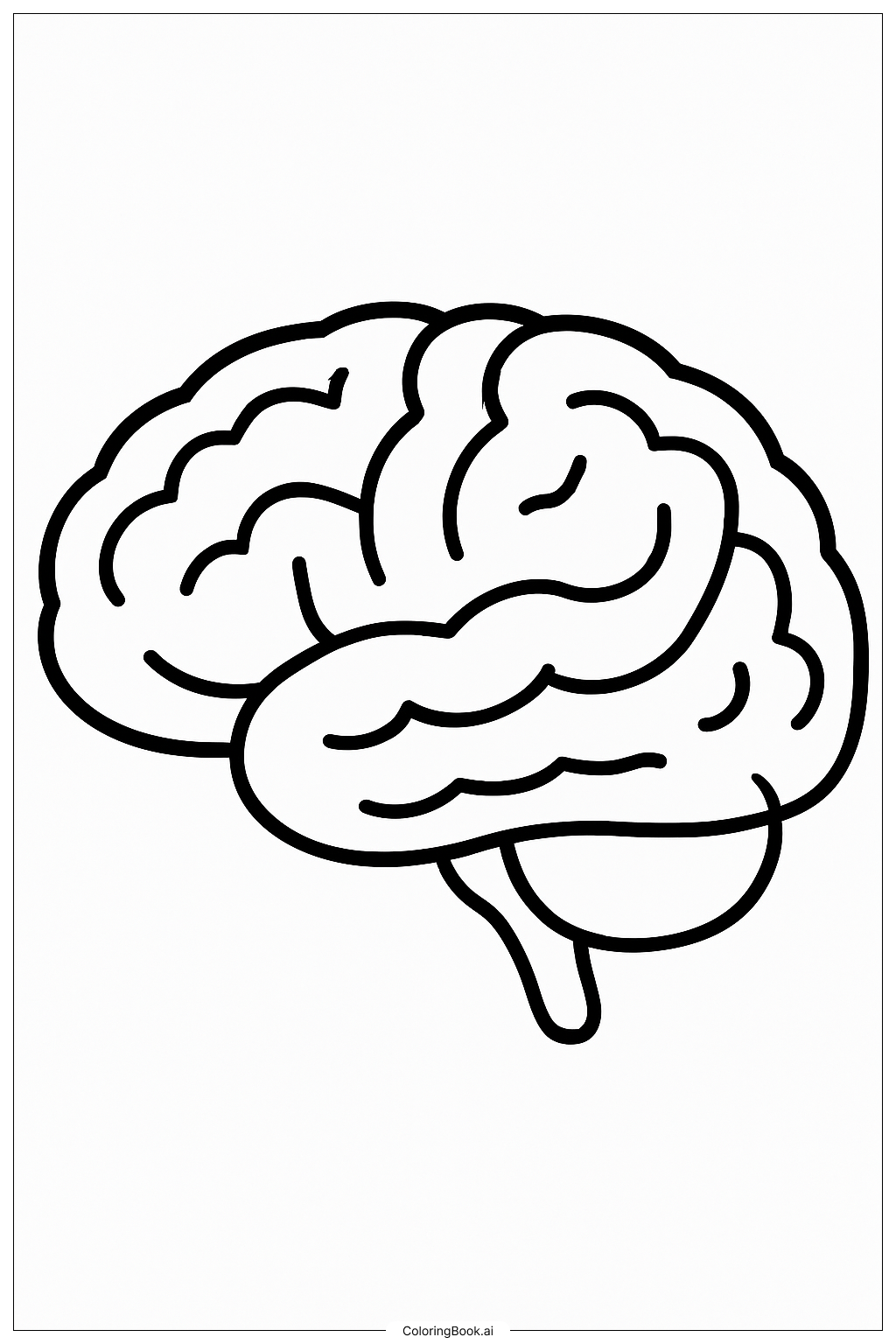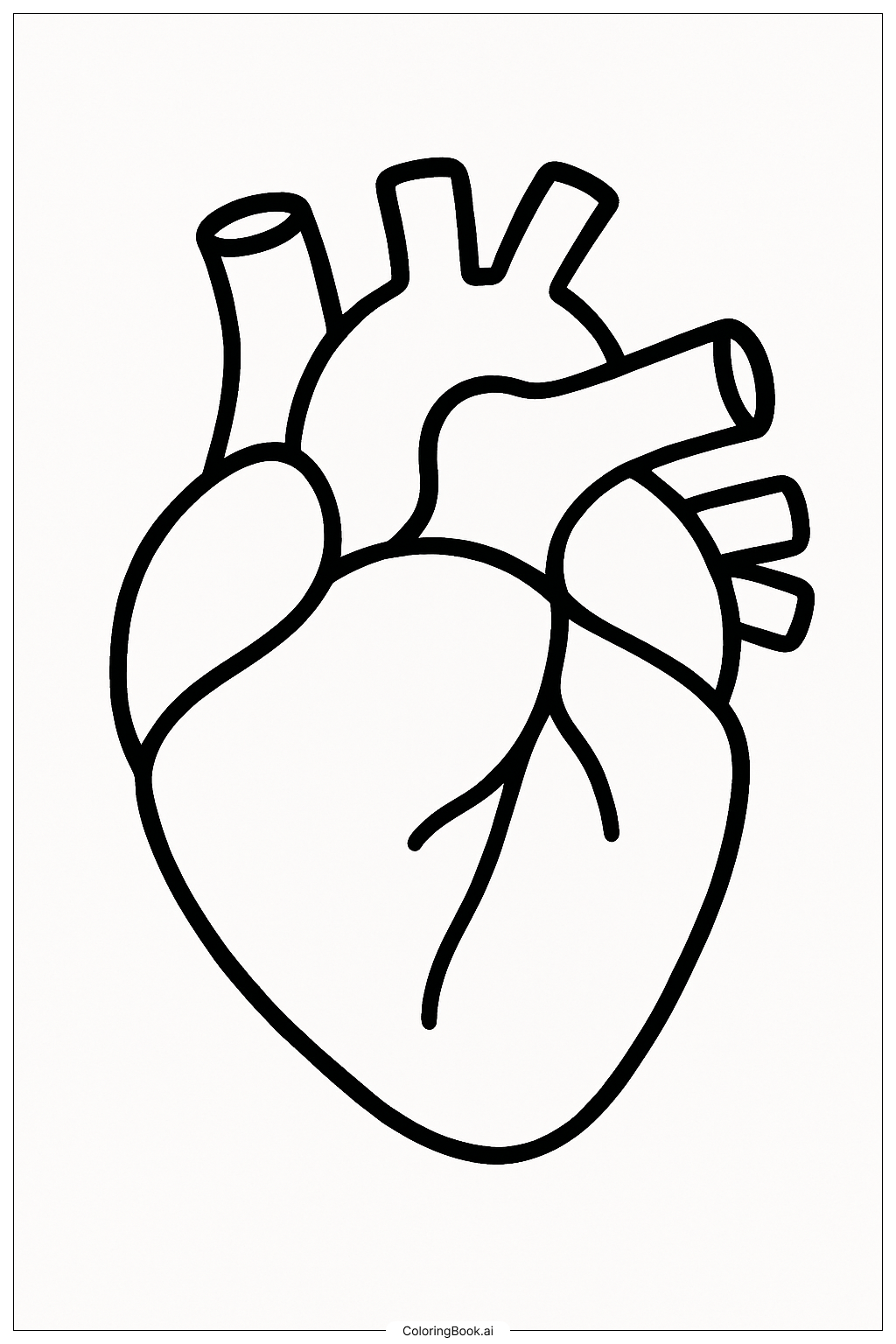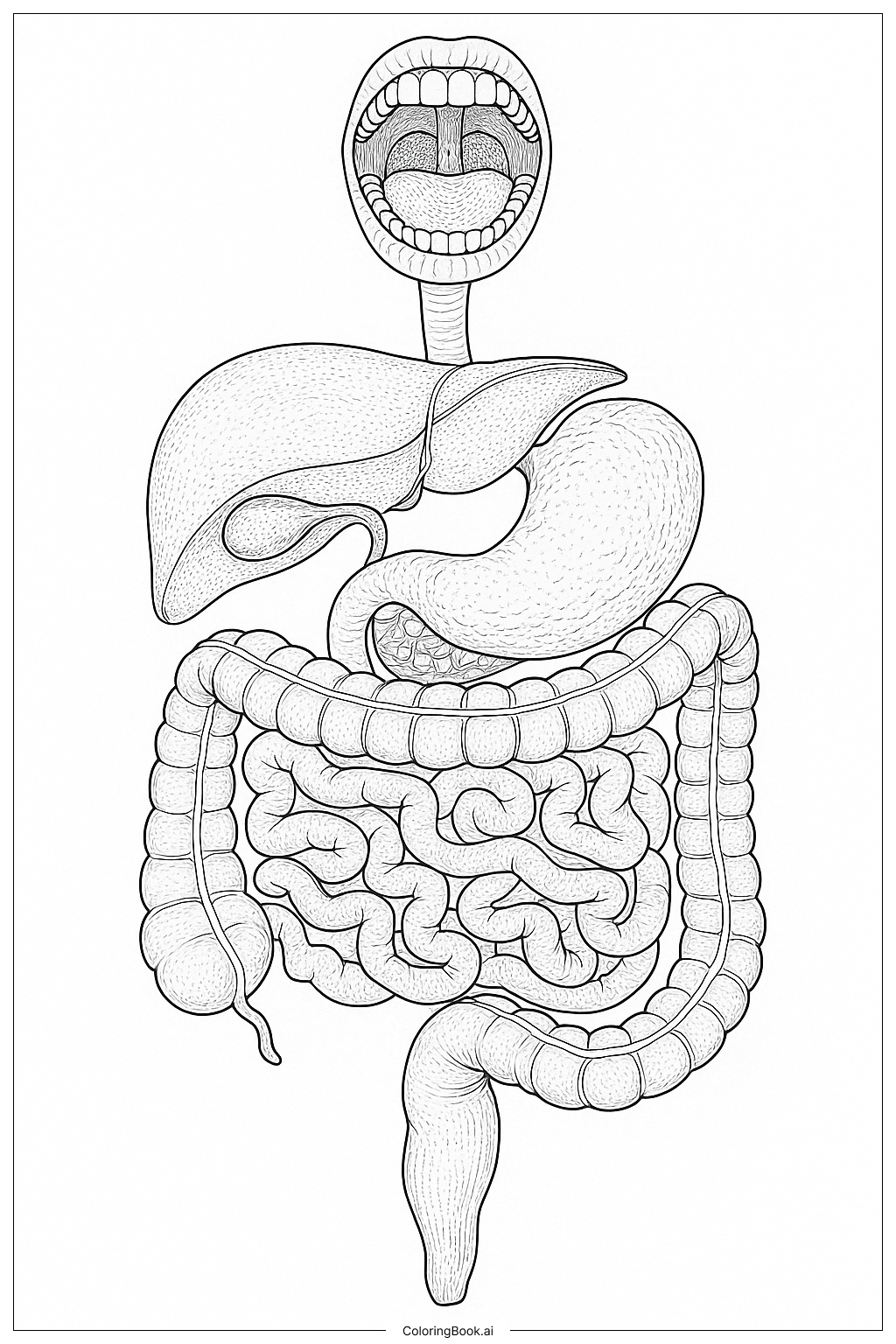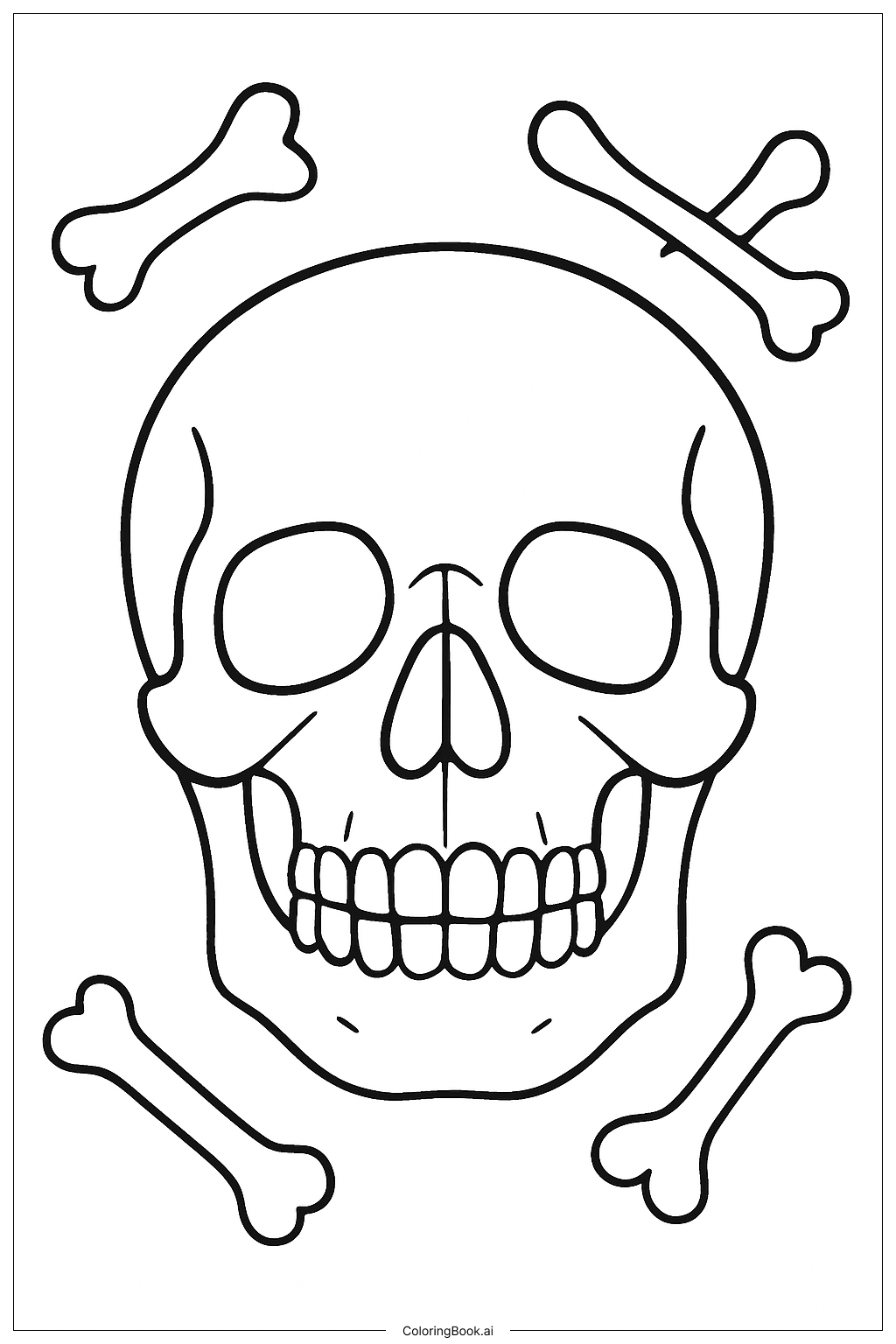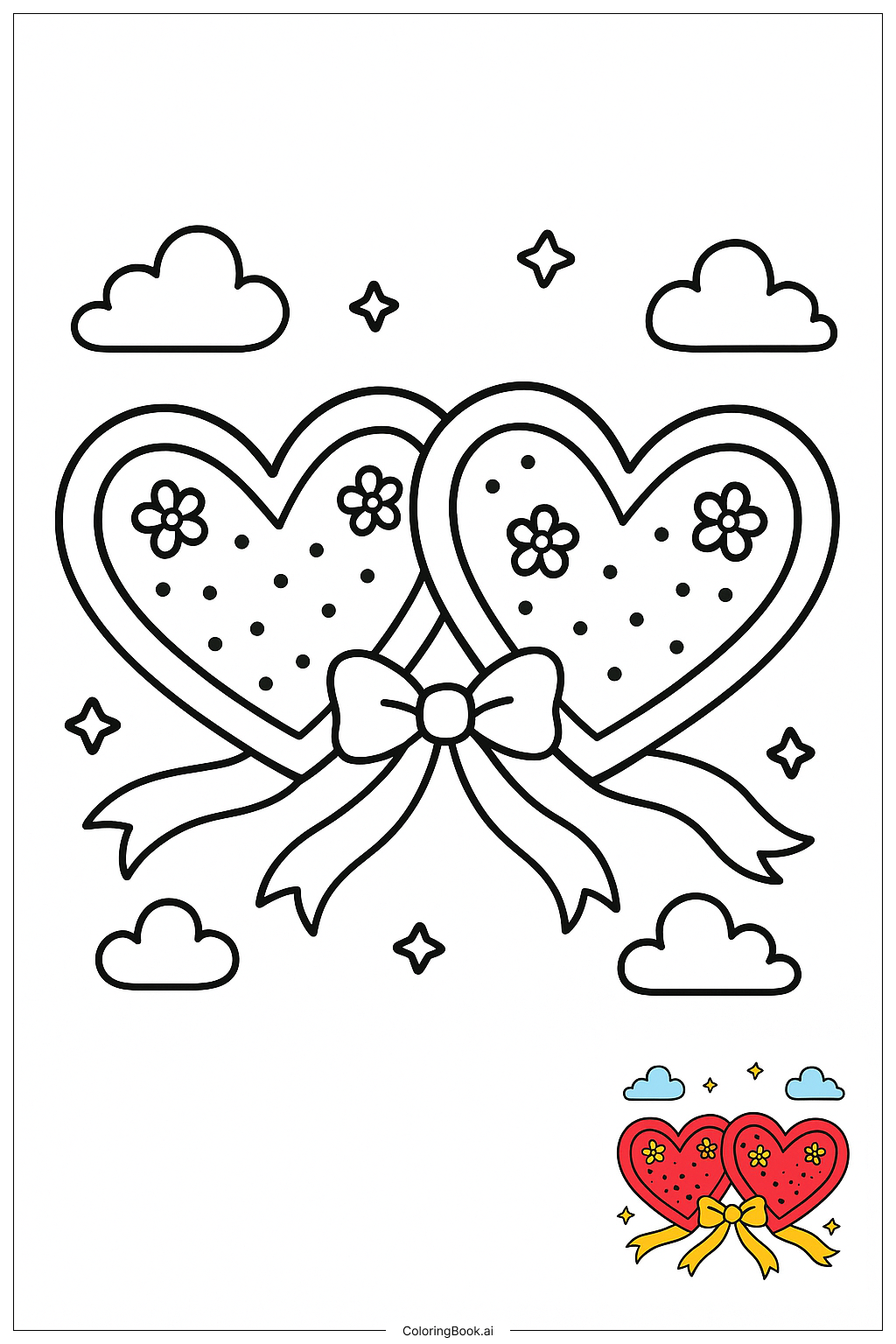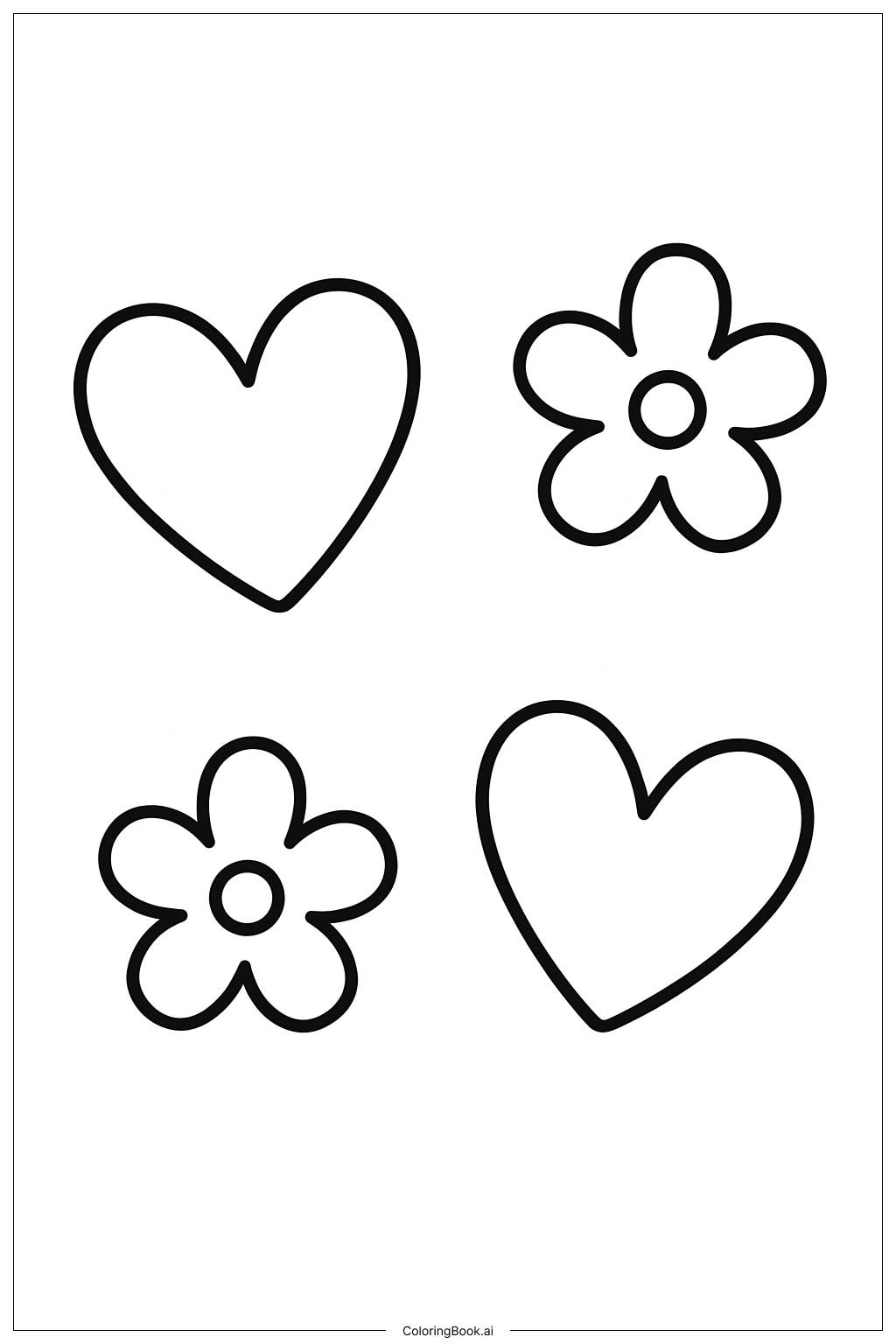Coloring tips: How to color Human Torso Organs Anatomy coloring page well?
When coloring this image, try using different colors for each organ to make them stand out. For example, color the heart red or pink, the lungs light blue or purple, and the liver brown or dark red. The stomach can be yellow or orange, and the intestines green or light brown. Use bright colors to make the picture more interesting. You can also use shading techniques to add depth by coloring the edges darker and the middle lighter. Take your time and color carefully inside the lines. Use crayons, colored pencils, or markers depending on what you like best.
Coloring challenges: Which parts are difficult to color and need attention for Human Torso Organs Anatomy coloring page?
1. The small details of the heart and intestines can be tricky to color without going outside the lines. It requires careful hand control.
2. The lungs have big sections but also some curved lines which might be hard to follow exactly.
3. The intestines twist and overlap, making it confusing to decide which parts to color first.
4. Staying inside the boundaries of small organs like the stomach can be challenging.
5. Using different colors while keeping the picture neat and clean needs patience and focus.
Benefits of coloring books: Advantages of drawing Human Torso Organs Anatomy coloring page
Coloring this anatomy page helps children learn about important body organs and their positions. It improves fine motor skills as they practice staying inside the lines. It also encourages observation and concentration. Coloring organs in different colors makes learning fun and memorable. The activity boosts creativity and curiosity about how the human body works. This picture is a cool way to combine art and science in one activity.
